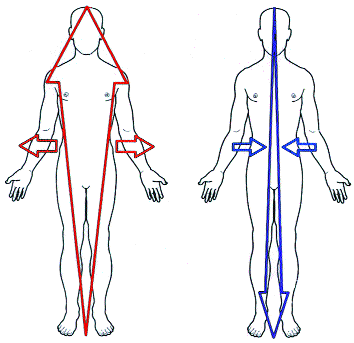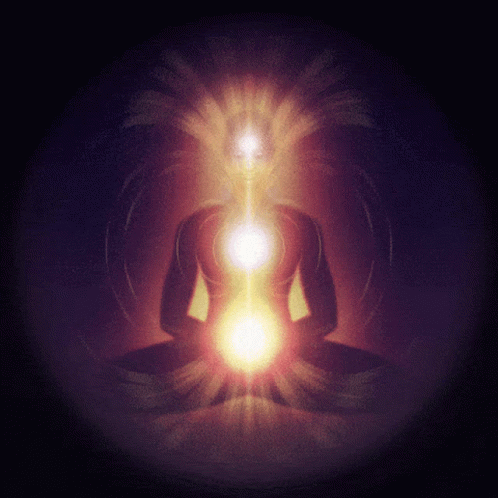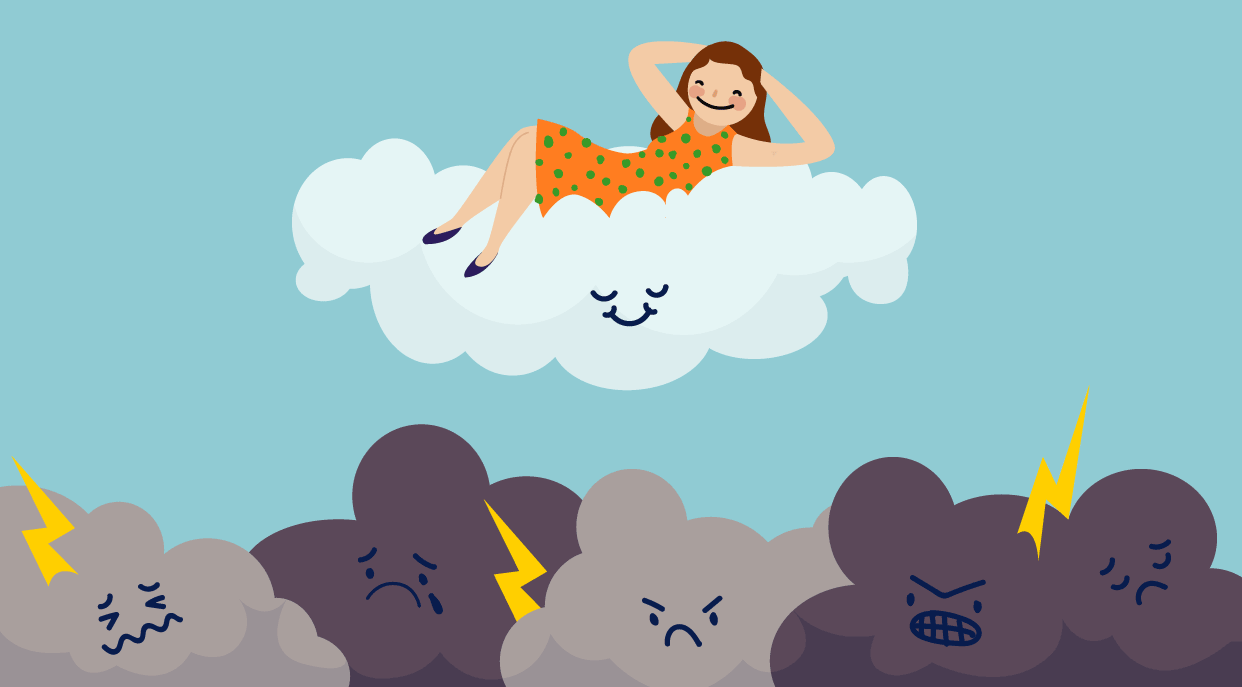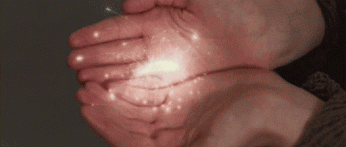CST & The Breath of Life
Cerebrospinal Fluid and the Craniosacral Rhythm
Perhaps the most basic principle of Osteopathy is that the body should freely move in response to the Craniosacral Rhythm. This rhythm is produced by the production and reabsorption of Cerebrospinal Fluid (CSF), which is found circulating the brain and spinal cord. It can be found in the ventricles of the brain, the central canal of the Spinal cord, and the Subarachnoid space. The production and reabsorption of CSF is what we call the Craniosacral Rhythm or CSR.
The CSF is a blood filtrate and is a clear, colourless vital fluid that surrounds and permeates the Central Nervous System (the CNS, which includes the Brain & Spinal Cord). CSF is filtered out of the high-pressure arterial blood and reabsorbed into the venous system. 50-70% of the CSF is produced by a structure within the ventricles called the Choroid Plexus. In an adult, there is approximately 90-150 ml of circulating CSF at any given time and the body produces approximately 20 ml per hour. The CSF circulates through and around the brain and spinal cord; as it does so, it carries away metabolic waste. If CSF removal is impaired and is prevented from this normal cycle, a buildup of waste occurs in the tissue and inflammation results.
CSF Functions:
Provides support nourishment, chemical transport, and protection to the CNS
Removes metabolic waste products from the CNS
Acts as a cushion for the delicate brain by "floating" it in the CSF
Modulates any pressure changes within the brain and CNS
The next anatomical bit is quick and easy, but you can skip this part if you like and go to the
"A Little Bit About the Craniosacral Rhythm" section below it.
Cerebrospinal Fluid Locations within the Brain

The red arrows areas indicate the flow of CSF within the:
The two Lateral Ventricles (production)
The 3rd & 4th Ventricles (circulation)
The Spinal Cord's Central Canal (circulation)
Subarachnoid Space (circulation)
The Arachnoid Villi (re-absorbtion the CSF)
The Subarachnoid space sits between the two meningeal layers known as the Pia Mater (closest to the brain) and the Arachnoid Mater (the middle meningeal layer below the Dura Mater).

A Little Bit About the Craniosacral Rhythm
It is easy to see how a head trauma, whiplash or any other injury, large or small, can effect the ability of the brain to optimally function so that the maximal production, distribution, and reabsorption of CSF can occur. Below is an area of the neck with impaired CSF flow, as pointed out by the black arrow. You can see the "rhythm" of the CSF with the pulsing dark grey fluid, and how it is impaired but is still exchanged. This is the rhythm, or "pulse" that we are palpating for quality, symmetry, amplitude, and rate when we assess and treat you!

So, How Do You Feel That in the Body Anyways?
As a former ballet dancer, I like to use the analogy of watching a group of dancers. You can choose to watch the group as a whole, or single out a particular dancer. Some dancers are "primary" and immediately draw your attention, whereas others are more in the background or a group. It is a visual, auditory, and tactile experience to watch dance because we see the movement and both hear and feel the sound and vibrations of the music. Many who are sensitive to dance and music also "feel" the combination of dance and music in their bodies as an experience.
In comparison, a skilled therapist can choose to observe this rhythm, the movement of other body tissue as a whole, or pay attention to the movement of any of its various parts, including connective tissue, fluids, bones, the cranisosacral rhythm, organs and lymph. We do this by observation of the body, by sensing with our hands how the body moves both in a obvious way (breath, pulse, temperature, reflexes), but also in a very subtle and minute manner (the CSR, energy meridians, and similar energetic body components). By placing attention on individual parts, an entire body network, or even both, a therapist can determine how those "parts" are moving in relation to the Craniosacral rhythm. This gives us a landmark for how certain areas are functioning in relation to others, and how the body as a whole is functioning. We can then "tune into" who is the "primary" dancer, at the point in time of the session, that is needing to be treated and addressed to enhance the internal "dance" and movement.
This production and absorption of the CSF can be compared to breathing as it's mechanism is very similar. In fact, in osteopathy, it is referred to as the Primary Respiratory Mechanism, or the Breath of Life. The image below illustrates how the cranial bones change in relation to the phases of CSF production (inhalation) vs reabsorption (exhalation).

This rhythm is also translated throughout the entire body. Below, the CSF production (primary inhalation) is left and reabsorption (exhalation) is right.

Less is More
All bodies will have areas of more optimal functioning vs less optimal functioning. In truth, there will always be something that a therapist can find to assist the body with in order to function more optimally. Yet with injury or even repetitive strain that simply comes from living life, we can find these imbalances and restrictions (in osteopathy these are called Lesions), our bodies can easily lose this. By both following the natural, functional rhythm of the body we can facilitate the body's return to balance as we come under the body's guarding and protecting reflex; the body can to return to it's natural optimal state without force or manipulation. When it comes to healing, the least amount of force, is truly the most powerful and profound.
A Moving Gate Never Rusts
One of the fundamental tenants of Osteopathy and Craniosacral therapy is that:
Life expresses itself as motion
There is a clear relationship between motion and health.
Ultimately, this is why the Craniosacral rhythm is called the Breath of Life: Because it's optimal functioning is a significant key to achieving and maintaining optimal health. Nutrients, metabolites, neurotransmitters, fluid, and the removal of toxins and metabolic waste are all dependant upon this simple production and reabsorption of 20 ml of CSF. In this sense, we are engaging both a reductionist and wholistic model because with respect to health, both are intimately entwined and cannot be separated. One indefinitely and perpetually influences the other, and this is both why and how old injuries "come back to haunt us" even long after we consider ourselves to have "healed".
Our goal as osteopathic therapists is to facilitate your own body's natural and innate ability to heal itself, and once you get there, to help you maintain it from time to time. Much in the same way that we "tune up" our cars regularly to keep them running smoothly and to prevent issues from rising up later on, we can "tune in" to your body, and "tune up" your body's healing process. Keeping all aspects of your "vehicle" running smoothly, will ensure that your body never "rusts"!
Yours in health,
Your friendly neighbourhood Manual Osteopath,
Tamiko
















